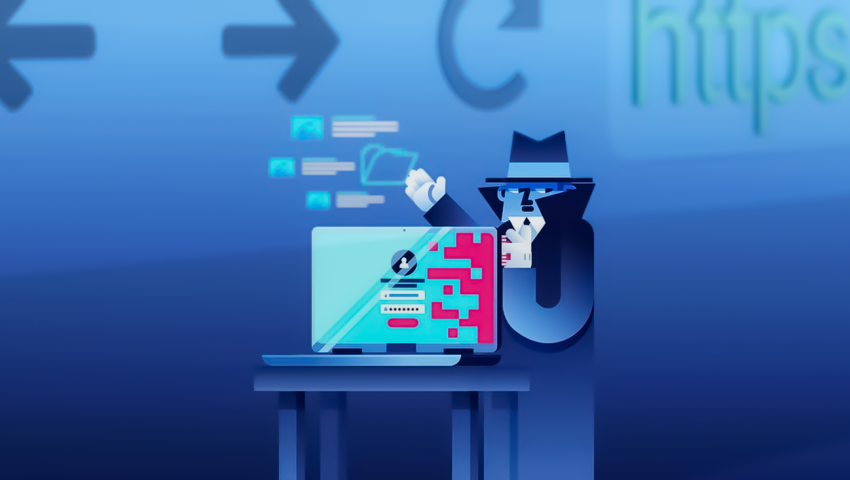
Unmasking Session Hijacking: Insights Into Understanding, Detecting, and Preventing This Cyber Threat
In today’s interconnected digital world, safeguarding online security is more critical than ever. Among the numerous cybersecurity threats, session hijacking stands out as a potentially devastating attack that compromises the integrity of online interactions.
This detailed article dives deep into session hijacking—what it is, how it works, its impact, detection strategies, and the best practices to defend against it effectively.

Understanding Session Hijacking: A Detailed Explanation of the Threat
Session hijacking, also known as cookie hijacking, is a cyberattack in which an attacker gains unauthorized access to a user’s session with a trusted web application. Once inside, the attacker can impersonate the victim, steal sensitive information, or carry out malicious activities. This attack undermines the core principles of authentication and trust in web applications.
A typical web session begins when a user logs into a web application. The server generates a unique session ID to identify and authenticate the user. Session hijacking occurs when this session ID is stolen, allowing attackers to bypass authentication mechanisms and effectively take over the session. This stolen session ID serves as the key to accessing the victim’s online accounts or information.
Attack Vectors: Exploring Techniques Used in Session Hijacking
Session hijacking attacks can be executed in several ways. Each method exploits specific vulnerabilities in web applications or user practices. Here are the most common types of session hijacking and how they operate:
Cross-Site Scripting (XSS)
Attackers exploit vulnerabilities in a website’s code to inject malicious scripts. These scripts are executed in the victim’s browser, capturing session cookies and transmitting them to the attacker. This technique is particularly effective when web applications fail to sanitize user input.
Packet Sniffing
On unsecured networks, attackers use packet-sniffing tools to intercept data packets, including session cookies, as they travel between the user and the server. Public Wi-Fi networks are especially susceptible to this form of attack.
Session Fixation
In this scenario, an attacker forces a user to log in using a predetermined session ID. Once the user authenticates, the attacker gains control of the session. This method relies heavily on social engineering and weak session management protocols.
Man-in-the-Middle (MITM) Attacks
MITM attacks occur when an attacker secretly intercepts and relays communications between the user and the server. By capturing session IDs, the attacker can take over the session while maintaining the appearance of legitimate activity.
Session Sidejacking
This technique involves capturing session cookies via packet sniffing on unencrypted (HTTP) connections. The lack of encryption makes it easy for attackers to retrieve sensitive data.
Examining the Impact of Session Hijacking: Why It’s a Serious Threat
The repercussions of session hijacking can be severe, affecting individuals and organizations alike. Some of the most notable consequences include:
- Data Theft: Sensitive personal or financial information can be stolen and exploited for malicious purposes.
- Identity Fraud: Attackers can impersonate users, leading to unauthorized actions such as financial transactions or gaining access to confidential information.
- Reputational Damage: For organizations, a session hijacking incident can result in the loss of customer trust and long-term credibility.
- Financial Losses: Direct theft or costs associated with mitigating the attack, such as legal fees or compensating victims, can significantly impact businesses.
- Operational Disruptions: Hijacked sessions can be used to introduce malware or disrupt business-critical operations.
Identifying the Threat: How to Detect Session Hijacking
Detecting session hijacking requires vigilance and advanced monitoring tools. Here are some key indicators and strategies to identify potential attacks:
- Unusual Account Activity: Keep an eye out for unauthorized logins, especially from unrecognized IP addresses or devices.
- Session Anomalies: Abrupt session terminations, duplicate session IDs, or sessions originating from multiple locations can signal a hijacking attempt.
- Traffic Analysis: Use tools to analyze network traffic for irregular patterns or evidence of interception.
- Behavioral Analysis: AI-based tools can detect suspicious user behavior that deviates from typical usage patterns.
- Log Auditing: Regularly audit server and application logs for unusual activities, such as concurrent logins from different locations.
Proactive Mitigation: Reducing the Risk of Session Hijacking
To minimize the risk of session hijacking, organizations and users must adopt the following mitigation strategies:
- Encrypt Communication Channels: Use HTTPS and SSL/TLS protocols to secure all communications between users and servers.
- Secure Session IDs: Generate long, random session IDs that are hard to predict or replicate.
- Session Timeouts: Automatically expire sessions after a specified period of inactivity to limit the attack window.
- Monitor for Anomalies: Deploy intrusion detection systems (IDS) and other monitoring tools to identify and respond to suspicious activities in real-time.
- IP Whitelisting: Restrict access to sessions based on trusted IP ranges.
Staying Protected: Essential Prevention Techniques
Preventing session hijacking requires a combination of technical measures and user awareness. Here are the most effective prevention techniques:
Implement HTTP Secure Headers
Security headers like Strict-Transport-Security(HSTS), Content-Security-Policy(CSP), and Secureflags on cookies significantly reduce vulnerabilities. Additionally, enabling the HttpOnlyattribute prevents JavaScript from accessing cookies.
Use Multi-Factor Authentication (MFA)
Adding an extra layer of security ensures that even if a session is hijacked, attackers cannot proceed without additional authentication credentials.
Regular Software Updates
Keep all applications, frameworks, and servers updated to patch vulnerabilities that attackers might exploit.
User Education
Educate users about the risks of public Wi-Fi, phishing attacks, and the importance of logging out after using web applications.
Secure Development Practices
Follow secure coding practices to minimize vulnerabilities like XSS. Conduct regular code reviews and penetration tests to identify and fix weaknesses.
VPN Usage
Encourage the use of Virtual Private Networks (VPNs) to encrypt data transmission and reduce the risk of packet sniffing.
Fortifying Defenses Against Session Hijacking
Session hijacking remains a significant threat in the digital landscape. However, understanding its mechanisms and implementing robust security measures can significantly reduce the risks. By adopting a proactive approach, individuals and organizations can safeguard their digital assets, maintain the integrity of their online interactions, and build trust with users.

Amilma Digital
Creative Digital Agency from Bosnia and Herzegovina
Leave a comment
Your email address will not be published. Required fields are marked *
